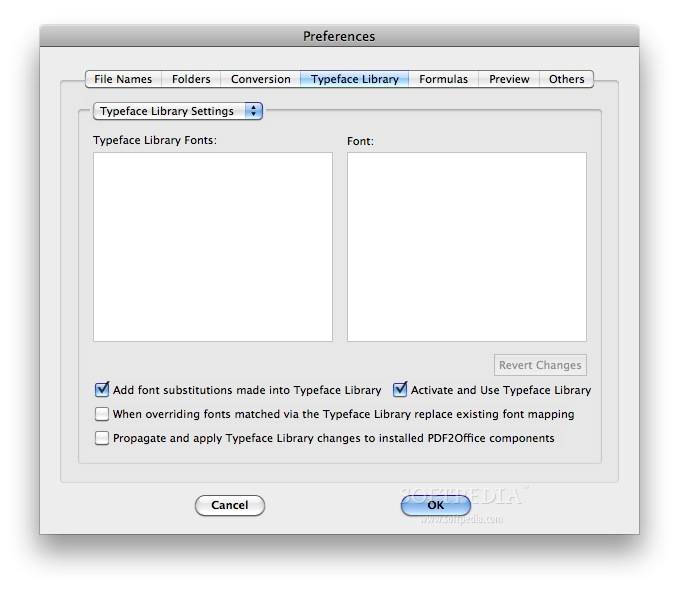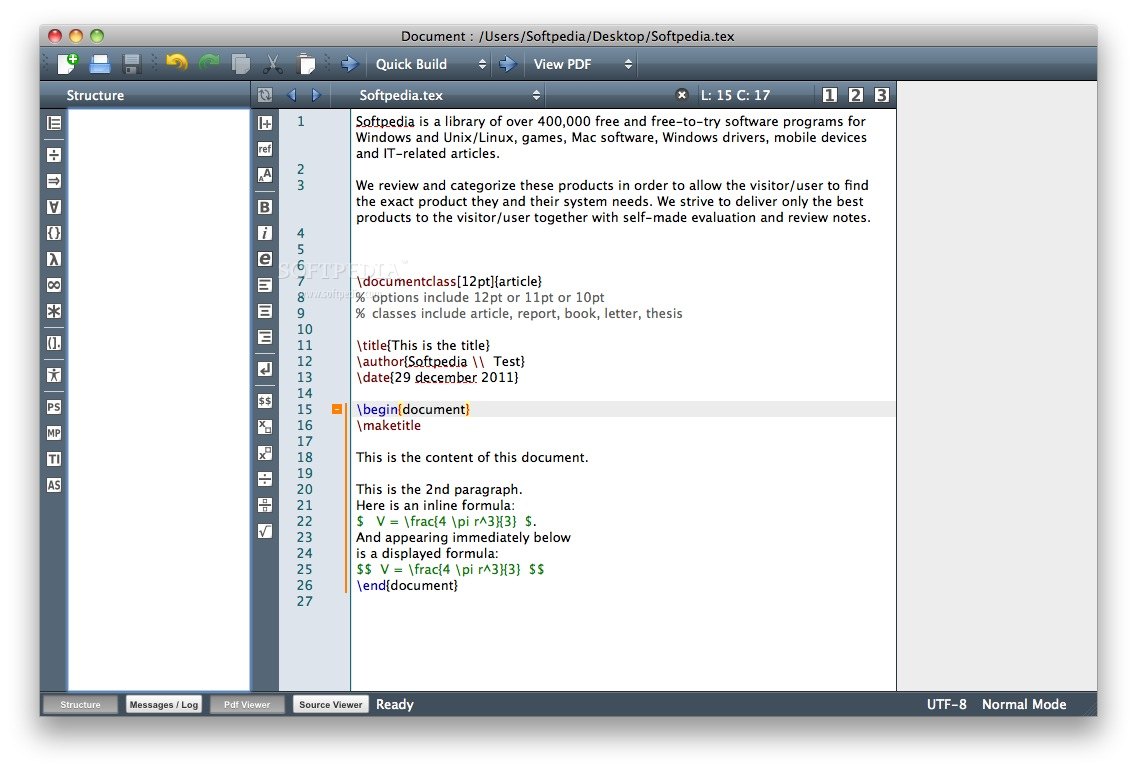

We still write that way and still find it to be the most productive approach. Last year we spoke of writing everywhere and anywhere in a format that is transportable across all platforms. So any outlining work you want to do has to be done sitting at a desktop or with a giant laptop in front you.

Unfortunately the format of the report is fixed and even more unfortunately-Dramatica Story Expert is still not mobile friendly. The Scene Creation feature is functional and it is nice that you can print out a Treatment with Structure Report that lists out the scenes and their attached Story Points-along with any specific Story Encoding you have written. That way you'll know how to fix it if someone feels that something is missing or that a scene comes off superfluous. The important part is to be conscious of what is in there and what is not in there. This isn't rocket science though you can occasionally leave out a Story Point and not completely destroy your narrative. Any less and you risk leaving a hole in your story. Any more and you risk repeating yourself. The general idea is to have each Story Point show up once per Act. A numerical counter in parenthesis at the end of each Story Point keeps track of how many times it has been referenced. You can title each scene, write a brief description, and along the bottom select the points that will come into play within this scene. Tucked away within the StoryGuide window, the Scene Creation section allows Authors to create scenes and attach relevant Story Points to them. The struggle comes in translating these elaborate and detailed story points into something someone can read.and enjoy.ĭramatica ships with a Scene Creation feature built into the program.

Starting with a basic idea, an afternoon spent with the program can result in a thematically rich and engaging narrative. Developing a story with Dramatica is a fun and imaginative process.


 0 kommentar(er)
0 kommentar(er)
